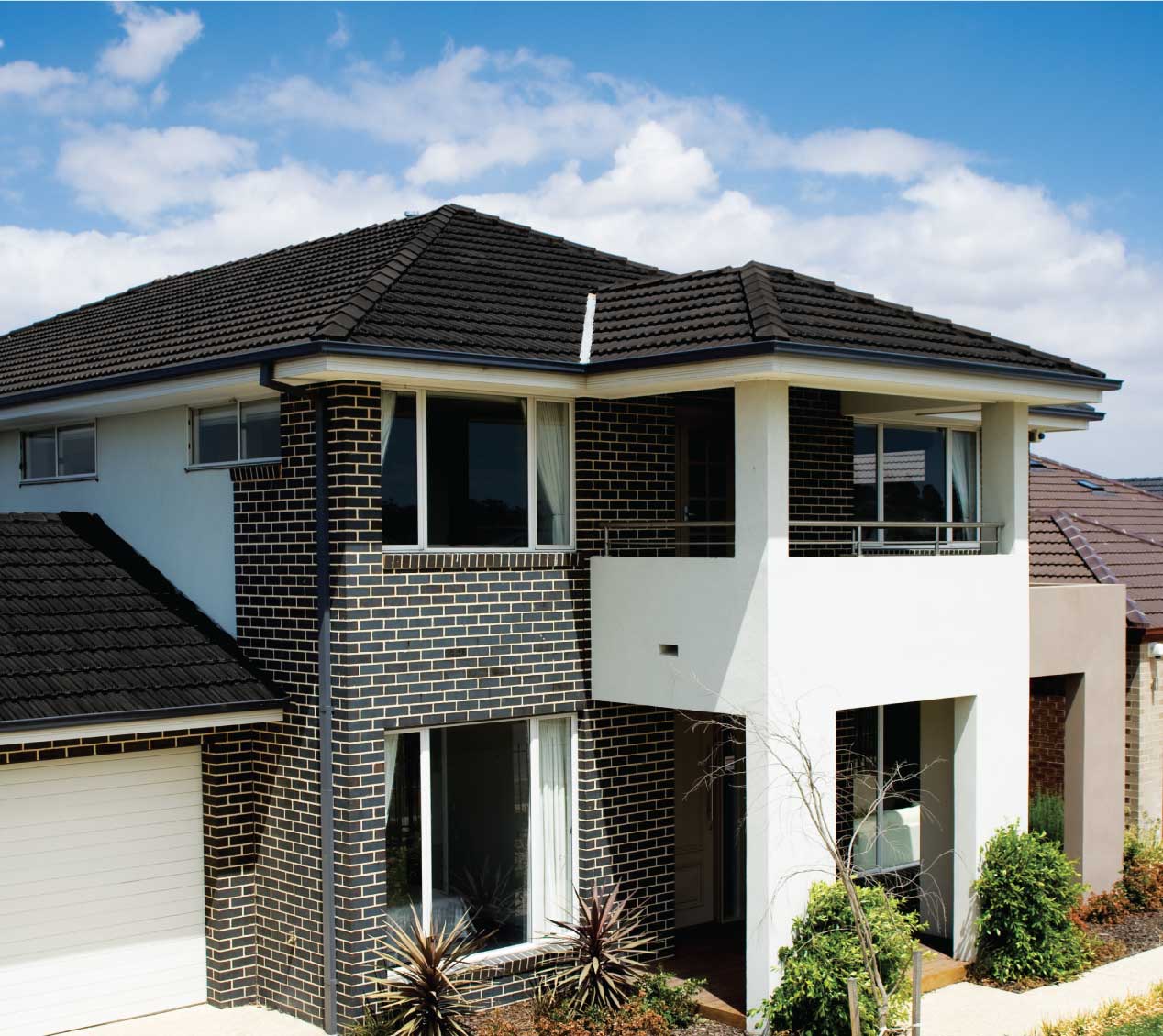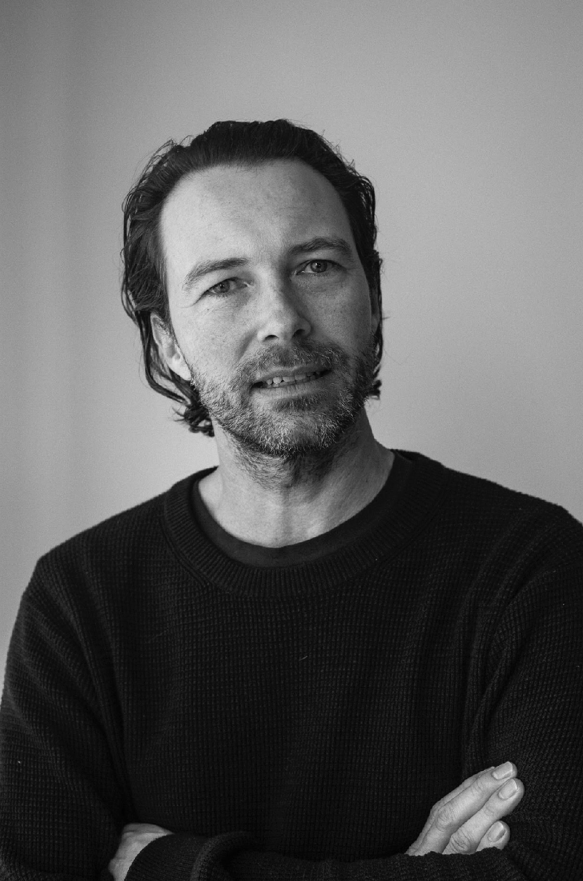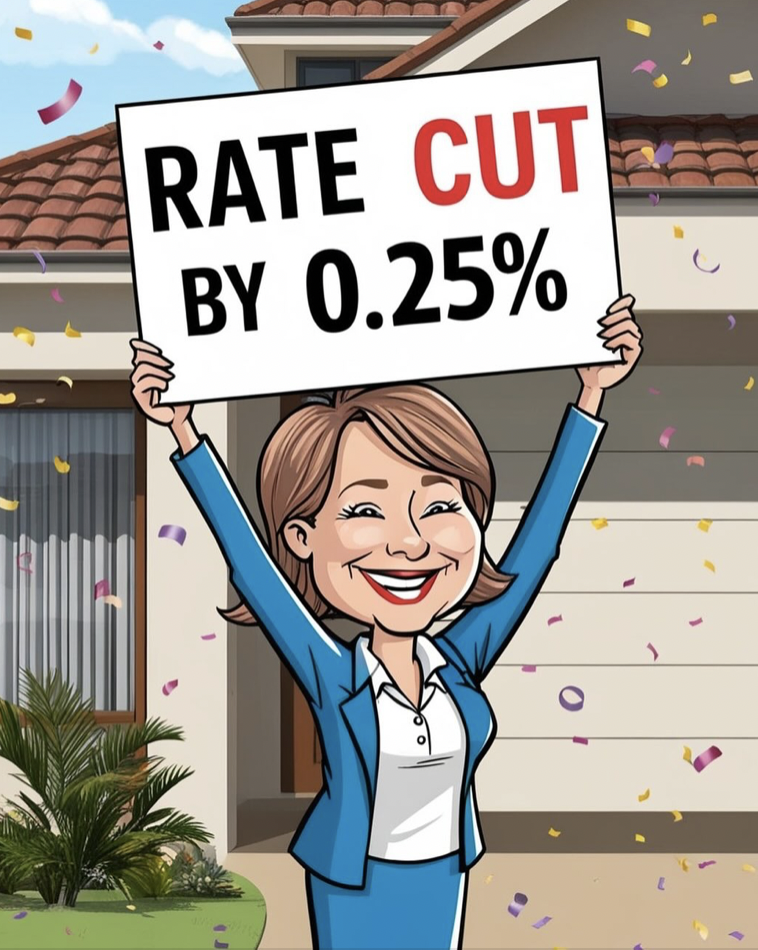Architectural Obsolescence
Don’t you hate it when you think you’ve got a really good idea and then you find someone else has had it first! This recently happened to me when I borrowed a book from the library called A Life Less Throwaway, by Tara Button. You see, in light...

Don’t you hate it when you think you’ve got a really good idea and then you find someone else has had it first! This recently happened to me when I borrowed a book from the library called A Life Less Throwaway, by Tara Button. You see, in light of the COP26 talks and a renewed emphasis of “not business as usual” brought about by the Covid pandemic, my family and I have been looking at ways to reduce our impact on the planet.
While we’ve saved a truckload of carbon by not being able to fly anywhere the last two years and swapping our financial accounts to more eco-conscious institutions, we’ve never been able to get on top of plastics entering our waste stream. Thanks to our home composting, our red bin is generally empty every garbage day, but our yellow bin is overflowing and we have a big bag of soft plastics that we optimistically drop at Coles every month. We needed to reduce our plastics and it required a revolution in purchasing habits.
A little research in Thirroul library came up with Tara’s book. While technically not on reducing plastic consumption (we’re still working on that),
it was about how we need to change our culture of consumption. Its mantra was buy less, buy better and look after your stuff so that it lasts a lifetime. Tara has a website – buymeonce.com – that lists products and manufacturers with a ‘made to last’ ethos who offer warranties to back their products. This was my idea – a go-to website for things that won’t cost the earth (technically, she didn’t steal my idea, but it’s how I felt when I saw it!).
If you’re looking for the gift that keeps on giving, check out her website and then go ask your local shop if they have it or if they can stock it. The more that these products make it into the mainstream and stay out of the waste stream the better!
What’s this got to do with architecture? Well, my first response would be that a well-designed architectural building has a lot better chance of longevity than most. Yes, they can cost more but you need keep longevity in mind. But Tara’s book got me thinking. What would she put in her architectural obsolescence chapter? And thus I present to you a small list of my favourite items to avoid when you next build!
1. Black Roofs
Ever worn black on a blistering hot summer’s day? I have, I’m an architect. This is a classic case of style over sense. With more extreme heat days predicted on our path to global warming, installing a black roof anywhere but in an alpine area or under the canopy of multiple trees is just asking for trouble. For those of you who already have them I suggest maxing out your ceiling insulation and installing some whirlybirds!
2. Brick Veneer
When building brick houses became too expensive, some bright spark came up with the idea of building a timber-framed house with brick as the external finish so they only used half as many bricks – genius! Only thing is that bricks provide great thermal mass and they also look great internally (which is where most of us spend most of our time). Putting them on the outside might impress the neighbours but by putting them on the inside (reverse brick veneer), we benefit from their thermal mass and they offer a texture beyond the flatness of plasterboard. We need to stop the spread of brick veneerial disease still sweeping the nation!
3. The Cinema Room
Generally only found in the large McMansions of the 1990s and early 2000s, they sometimes still make their way into today’s housing. Don’t get me wrong, I love watching films but to dedicate a whole room to the odd family movie – seriously? With new technology making all the home cinema equipment easily integrated into walls and ceilings, there simply isn’t any reason to put aside a whole room to this rather rare activity unless you’re a film director or critic and have to watch films for work! My feeling is the origin of these came about when there was leftover space in an ill-considered project home floorplan that had poor access to daylight and then some other bright spark thought about marketing them as a cinema room because they were too dark for anything else – genius!





